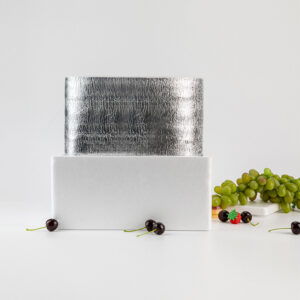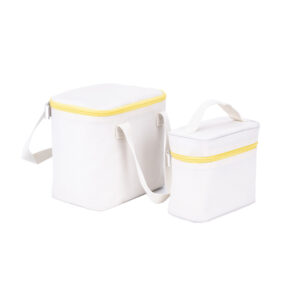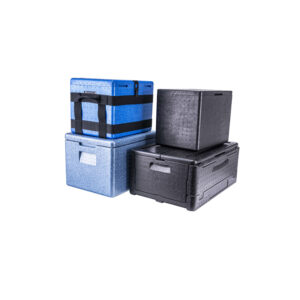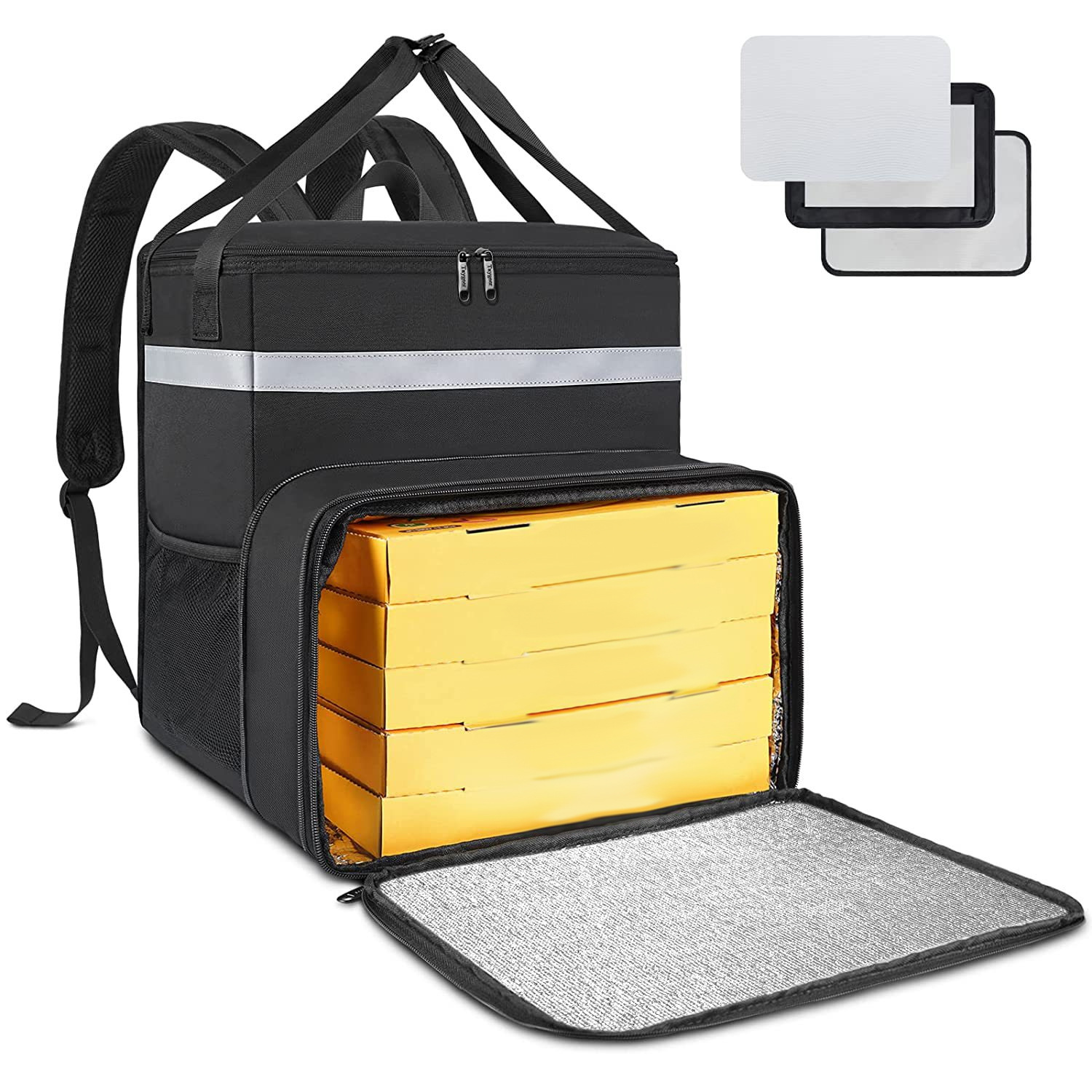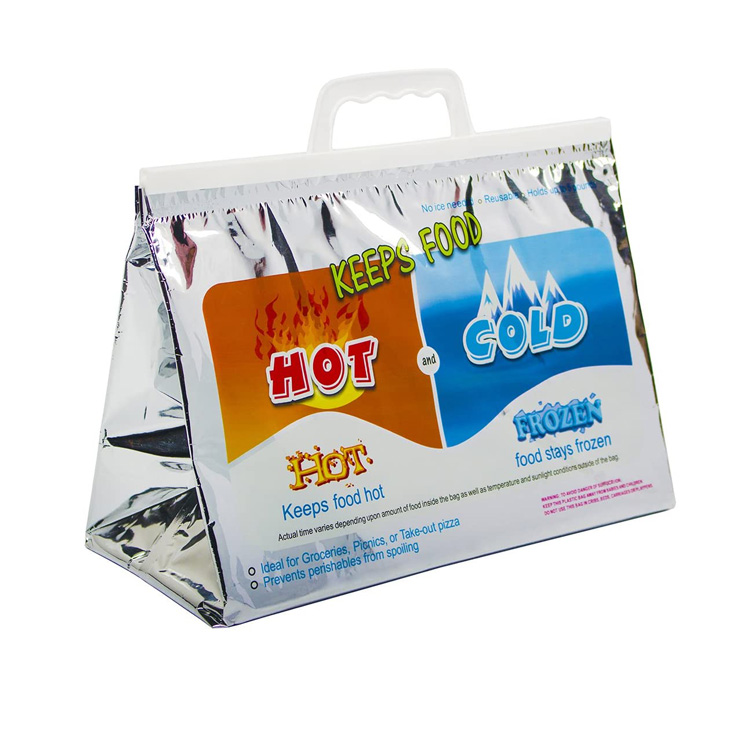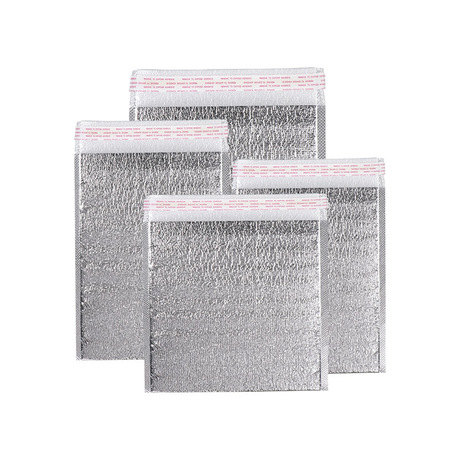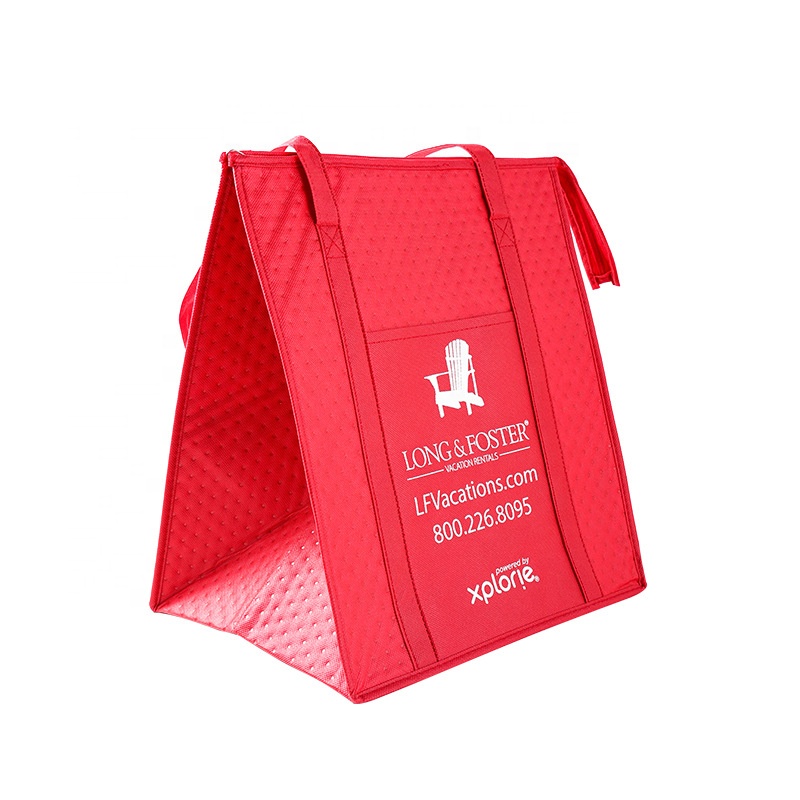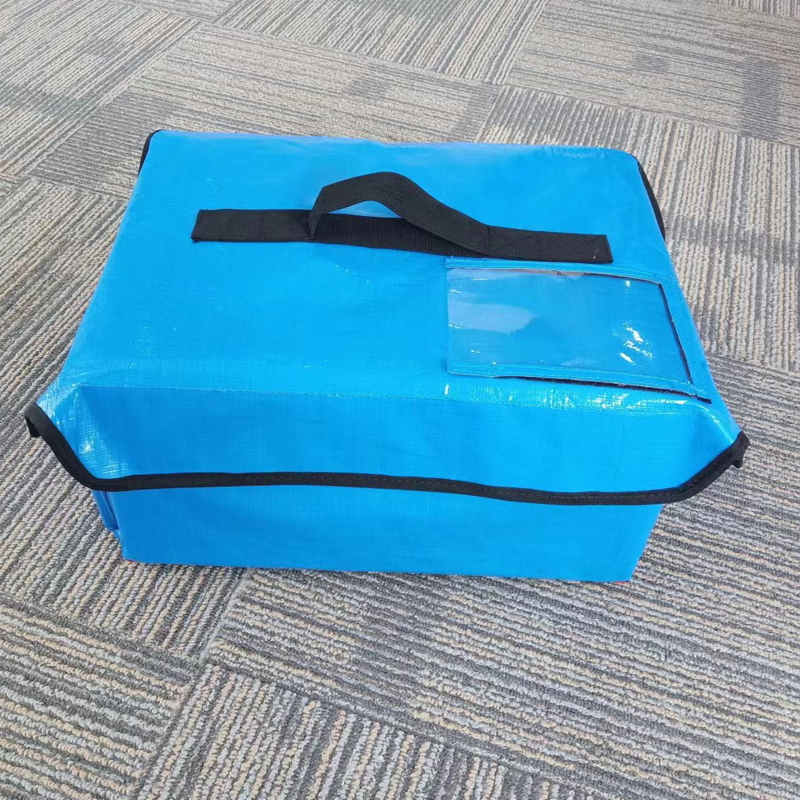In the bustling world of food delivery, consumers expect their meals to arrive hot, cold, or at the perfect temperature. Thermal bags have become a game-changing tool in the industry, not just simple carriers, but the key to maintaining the quality and integrity of food during transit. So, what exactly are thermal bags for food delivery, and how do they work their magic? Let’s explore this topic further.
The Importance of Thermal Bags in Food Delivery
Food delivery has become an integral part of modern life, offering convenience and a wide variety of cuisines at our fingertips. No entanto, ensuring that the food reaches the customer in the same condition as when it left the kitchen is a challenge. This is where bolsas térmicas come in. They play a crucial role in maintaining the food’s temperature, whether it’s a piping hot pizza, a crisp salad that needs to stay fresh, or a frozen dessert that must not melt.
Imagine a scenario where a customer orders a hot meal on a cold winter day. Without a thermal bag, the heat from the food would quickly dissipate into the cold air, leaving the customer with a lukewarm and unappetizing meal. Por outro lado, if a cold beverage or dessert is being delivered on a scorching summer day, a thermal bag prevents it from warming up and losing its appeal. Em essência, thermal bags are the guardians of food quality during delivery.
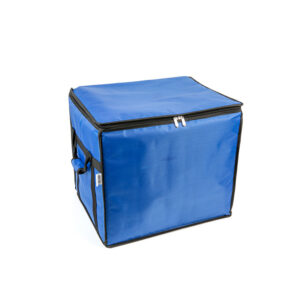
How Thermal Bags Work
Thermal bags are made from advanced insulating materials designed to reduce heat transfer. They work by creating a temperature barrier between the inside and outside of the bag. Common insulating materials used in thermal bags for food delivery include:
- Foam Insulation: Foam is widely used for its excellent heat retention properties. It contains tiny air pockets that trap air, a poor conductor of heat, effectively preventing heat from entering or escaping the bag.
- Reflective Materials: Some thermal bags are lined with reflective materials, like aluminum foil, which reflect heat back towards the source. This helps prevent external heat from entering and internal heat from escaping.
- Polyester and Nylon Fabrics: These lightweight, durable fabrics are often combined with other insulating materials, enhancing the bag’s thermal properties while also providing protection against wear and tear.
When hot food is placed in a thermal bag, the insulation slows down the heat transfer, keeping the food warm for longer. De forma similar, when cold food is placed inside, the materials prevent outside heat from entering, maintaining the desired temperature and ensuring that food arrives in optimal condition.
Types of Thermal Bags for Food Delivery
1. Soft-Sided Thermal Bags
Soft-sided thermal bags are the most common choice in the food delivery industry, made from flexible materials like polyester or nylon, which are lightweight and easy to carry. These bags often have a padded interior filled with isolamento de espuma for enhanced thermal protection.
- Small Soft-Sided Thermal Bags are ideal for delivering individual meals or sandwiches, easily fitting into a delivery person’s backpack or scooter compartment.
- Large Soft-Sided Thermal Bags can accommodate multiple pizza boxes, full-sized catering orders, or family-sized meals, providing flexibility for different delivery needs.
2. Hard-Sided Thermal Bags
Hard-sided thermal bags are made from hard plastic or composite materials and offer better durability and insulation in some cases. Their rigid structure protects the food from external impacts during transit.
- These bags are perfect for delivering bolos, chocolates, or other high-value food items, as they protect against both temperature fluctuations and physical damage.
- The insulation in hard-sided bags is often enhanced by thick foam or vacuum-sealed layers, providing better temperature stability for longer durations.
3. Backpack-Style Thermal Bags
Backpack-style thermal bags are designed with the delivery person’s convenience in mind, equipped with alças for hands-free carrying, making them ideal for walking, biking, or motorcycle deliveries.
- They are perfect for urban deliveries, where the delivery person can easily navigate narrow streets or crowded areas while keeping the food at the right temperature.
- These bags are typically made of high-efficiency insulation materials, offering good temperature control while being easy to carry.
Key Factors to Consider When Choosing Thermal Bags
1. Insulation Quality
Insulation quality is the most critical factor. When choosing a thermal bag, consider the insulation materials used and how well they are constructed. High-quality bags can maintain the desired temperature for several hours, making them essential for long-distance deliveries or extreme weather conditions.
2. Tamanho e capacidade
Choose the right size and shape based on your delivery needs:
- Individual Meals: A small thermal bag will suffice.
- Large Orders: For catering or large orders, opt for a larger bag to prevent food from getting squashed due to limited space.
3. Durabilidade
Since food delivery bags undergo frequent use, they need to be tear-resistant, impermeável, e durável. Look for bags with reinforced stitching e zíperes resistentes, which will extend the lifespan of the bag.
4. Facilidade de limpeza
Food spills are inevitable in the food delivery business, so choose a thermal bag that is easy to clean. Bags made from materials that can be wiped down with a damp cloth or machine-washed are ideal. Some bags have removable liners that can be cleaned separately, ensuring hygiene.
Effective Usage of Thermal Bags in Food Delivery
1. Pre-heating or Pre-cooling
- For Hot Food Deliveries: Place a hot water bottle or heating brick inside the thermal bag for a few minutes to raise the internal temperature. This will keep the food warmer for longer.
- For Cold Food Deliveries: Usar ice packs or pre-cool the thermal bag to maintain a low temperature for the food.
2. Proper Packing
- Separate Hot and Cold Foods: If delivering both hot and cold items, try to keep them separated as much as possible. Usar dividers to minimize heat exchange.
- Seal the Bag Properly: Ensure that the bag is tightly sealed to prevent air from entering or exiting, which could affect the temperature inside.
3. Use Additional Temperature-Control Elements
- For Cold Food: Add bolsas de gelo to keep the food cool.
- For Hot Food: Usar chemical warmers or rechargeable heating pads to keep the food warm.
Where to Find Thermal Bags for Food Delivery
1. Online Retailers
Platforms like Amazon, eBay, and specialized food service equipment websites offer a wide range of thermal bags for food delivery. Shopping online allows you to compare prices, read customer reviews, and have the bags delivered to your door.
2. Local Restaurant Supply Stores
Local restaurant supply stores often stock thermal bags, allowing you to inspect the quality in person and get expert advice from the staff.
3. Custom Options
If you need custom branding or specific sizes, you can opt for custom-made thermal bags. Though more expensive, this option offers tailored solutions to meet your exact needs.
Conclusão
Thermal bags for food delivery are the key to maintaining food quality during transit. By choosing the right type of bag, optimizing usage, and employing professional temperature control strategies, businesses can enhance their delivery services and improve customer satisfaction. Whether you’re a small-scale food delivery service or a large catering business, investing in high-quality thermal bags is a smart choice that can boost your competitive edge. Explore more thermal bag solutions at Tempcontrolpack.






